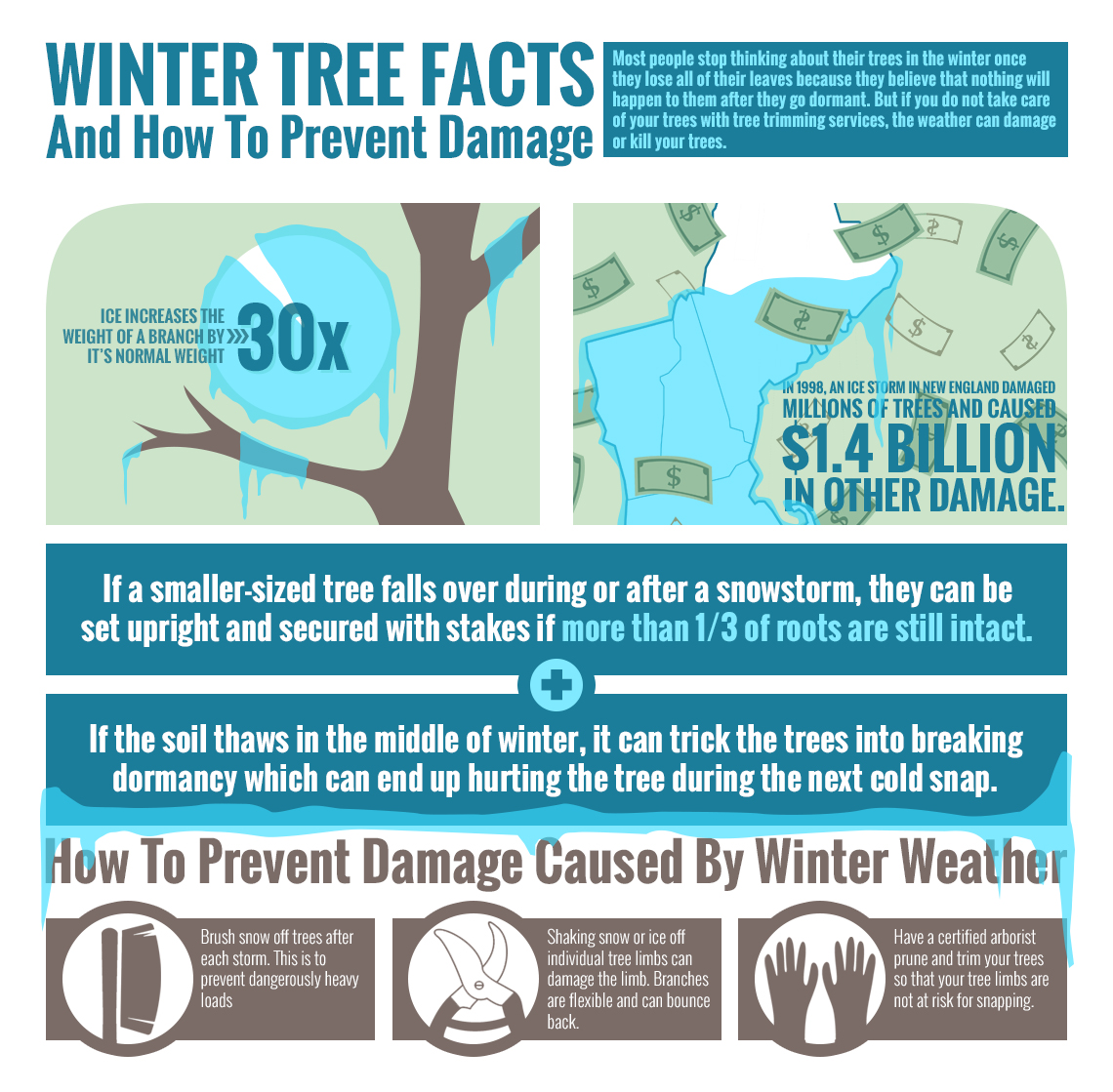Securing Your Landscape: Replanting After Tree Elimination
Securing Your Landscape: Replanting After Tree Elimination
Blog Article
Web Content Created By-Thorup Gravesen
Tree elimination can leave a gap in your landscape that needs filling. You can plant something new in that area, yet it takes added treatment and attention at the beginning to assist it thrive.
The dirt in that location will certainly maintain altering gradually as microbes break down the old origins. That can affect the vitamins and mineral balance and physical space for brand-new growth.
Soil
The soil in a story where a tree has actually been eliminated is likely to be very various from the rest of your garden or lawn. The roots of the old tree and the stump will certainly have changed the dirt, removing some nutrients and possibly crowding out other plants. Furthermore, if property managers was diseased, the infectious agent may still be in the ground.
The visibility of origins cultivates a rich and varied community of dirt bacteria that boosts essential procedures like nutrient biking and organic matter decomposition. Without these bacteria, the displaced dirt can come to be much less fertile and nutrient-depleted, with an adverse influence on plant development.
Before replanting, the dirt ought to be eliminated of particles and organic material (such as wood chips from stump grinding). You may wish to mix in potting dirt or native dust with this garden compost to give your brand-new planting with an atmosphere that is well balanced and filled with nutrients.
Water
Tree origins take in big quantities of water from the dirt. This procedure additionally adds nutrients back to the dirt, especially nitrogen, which is essential for brand-new trees and plants. Regrettably, old soil can be depleted of these essential minerals due to the decaying origins and stump from a gotten rid of tree.
This is why it is necessary to have a prepare for the future of your landscape. Preferably, the most effective time to plant is when you have a fresh start.
Whether you're growing lawn or flowers, make sure to use a soaker hose pipe to prevent overwatering your new landscaping. If the area was a garden, see to it to cover the soil with natural mulch to help maintain wetness in the soil, manage soil temperatures and suppress weeds. This likewise offers a layer of security for young plants and promotes worm activity. Then, frequently restore the mulch to proceed enhancing the soil nutrient density and microbial life. This is referred to as soil reconstruction.
read review are a great addition to any type of landscape, offering color, visual pulchritude, and several other benefits. Nonetheless, often trees become unsightly due to a selection of reasons, including illness, insect invasions and natural aging.
In such instances, it may be needed to get rid of a tree. It is very important to take into consideration the worth of a certain tree in your landscaping and take the correct actions to guarantee that the removal is done safely and efficiently.
During the late summertime, it's an excellent time to perform maintenance and examinations on existing trees. Try to find https://www.msn.com/en-us/money/realestate/this-family-s-lush-landscape-is-full-of-small-space-edible-gardening-ideas/ar-BB173QND of condition, insect invasions, or architectural damage, along with any potential risks such as weakened or leaning trees.
Prior to starting any building and construction projects, be sure to safeguard the root areas of existing trees by preventing soil compaction and grading around them. Raw material, as it breaks down, can generate harmful gases that are harmful to the origins of a tree. It's additionally a great concept to mulch the area around a tree after construction has actually completed to conserve wetness and reduce weed development.
Temperature
Trees are necessary to a landscape for their aesthetic appeal, but they also play a crucial function in the local environment by giving shade and windbreaks. They sustain wild animals habitats and reduce the amount of carbon dioxide airborne, which can contribute to global warming. This is why it is advisable to replant trees after removing one from the residential or commercial property.
When replanting a new tree in the location of a previous stump, the dirt may not have sufficient nutrients to sustain it. It is best to await a year prior to growing to make certain that the dirt will be rich in nutrients.
To make certain that replanted trees prosper, it is vital to offer them with correct care. A layer of mulch will certainly maintain soil dampness from vaporizing, regulate soil temperature level, and aid suppress weeds. Organic mulch is the preferred selection due to the fact that it improves soil fertility. Continuous fertilizing and pest control are also vital for replanted trees.